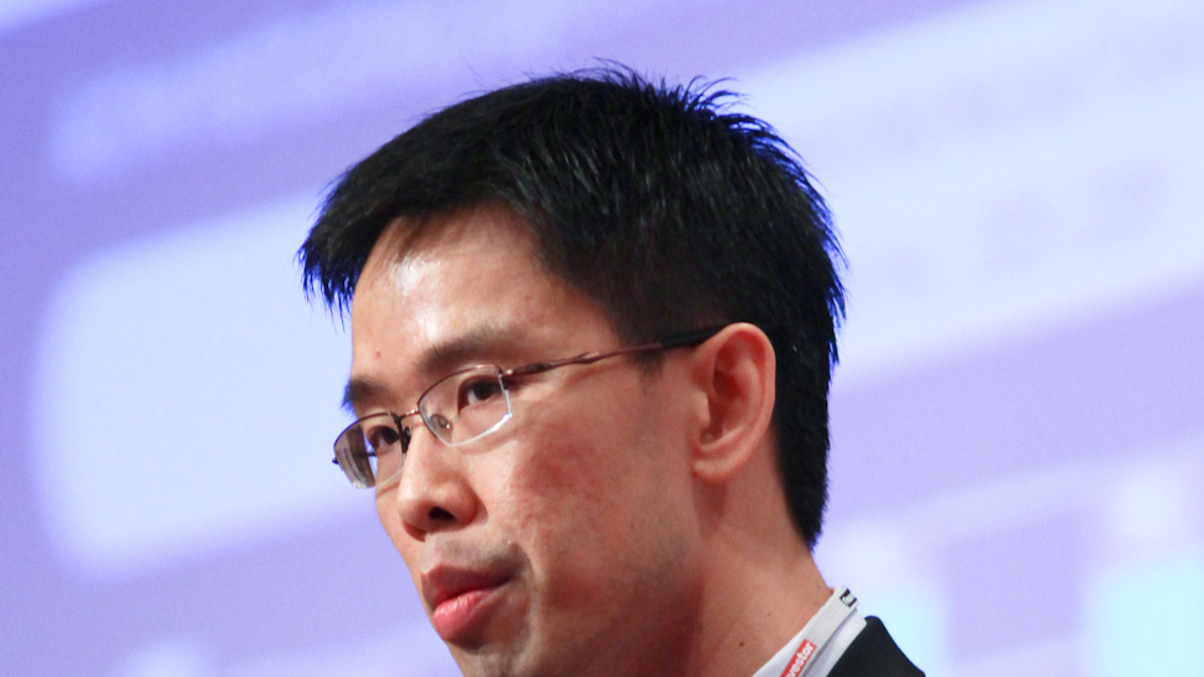Fund firms eye private banks, insurance platforms
Mutual fund managers, facing asset retention issues, are increasingly turning to private bank and insurers for distribution, says Cerulli, but fierce competition will keep the shift gradual.

Asia-Pacific mutual fund firms, in search of more stable revenue streams, are increasingly trying to get their products on private bank and insurance distribution platforms, but the shift will be gradual, says research house Cerulli Associates.
Sign in to read on!
Registered users get 2 free articles in 30 days.
Subscribers have full unlimited access to AsianInvestor
Not signed up? New users get 2 free articles per month, plus a 7-day unlimited free trial.
¬ Haymarket Media Limited. All rights reserved.


